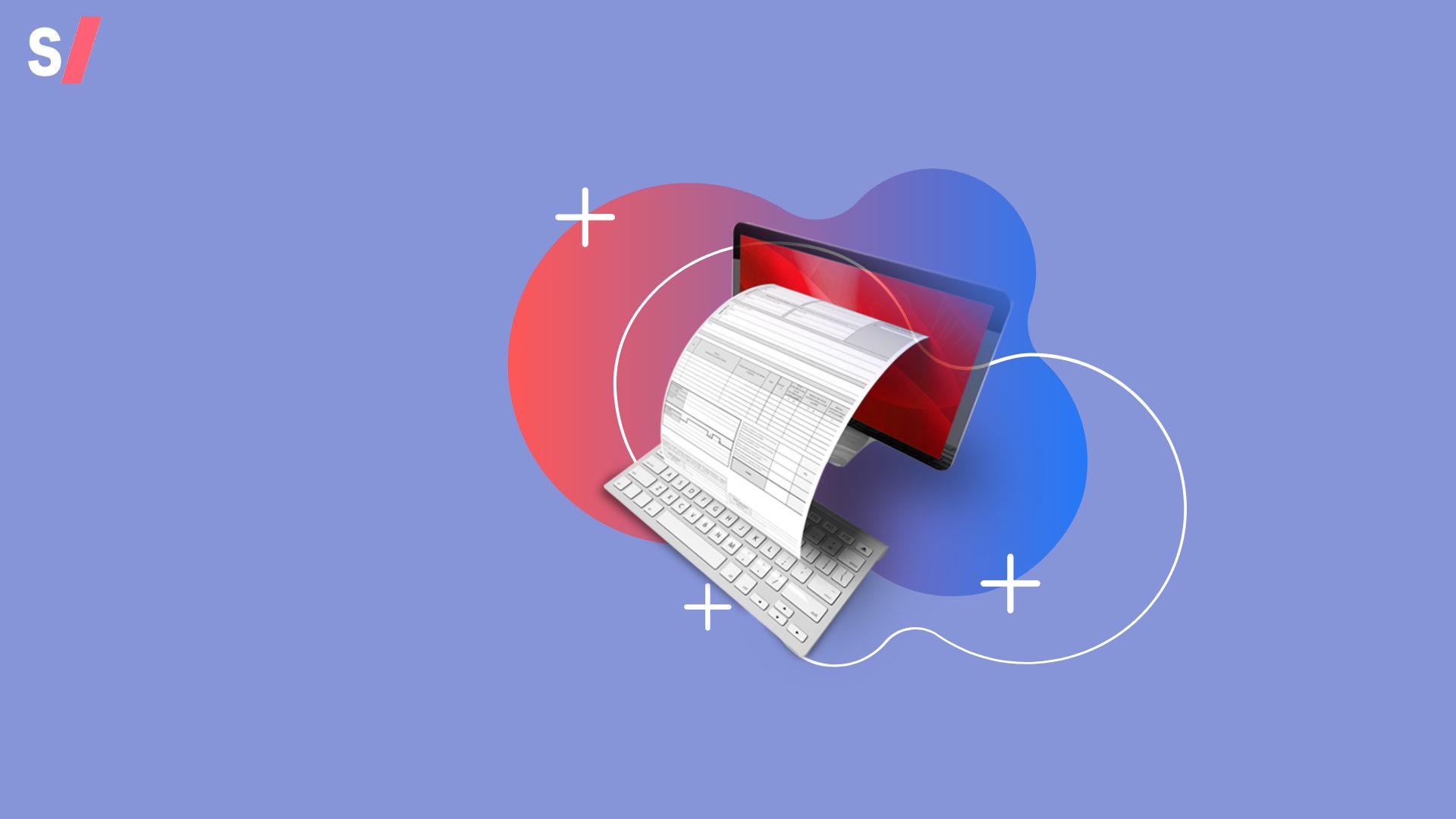Healthcare as an industry has lagged in implementing innovations, however, it is on the right track in many ways. One of the most promising scopes is electronic prescribing. e-Prescribing tools have more inclusive functionality compared to the antiquated medical records system. They are well placed to offer better patient care and provide improved performance. Some clinicians noted reduced burnout within the workplace, and better alerting of possible risks was also mentioned. So, let’s find out what is e-Prescribing and is it worth implementing.
What is ePrescribing
According to The Office of the National Coordinator for Health Information Technology (ONC), «with electronic prescribing, or “e-Prescribing”, health care providers can enter prescription information into a computer device – like a tablet, laptop, or desktop computer – and securely transmit the prescription to pharmacies using a special software program and connectivity to a transmission network».
E-prescribing is one of the most effective healthcare solutions designed to improve the quality of patient care service. It helps to lower costs and expand links among clinicians and pharmacies. Therefore, prescribers have electronic access to personal health information and patient eligibility data. They’re allowed to securely transmit the prescription straight into the pharmacy’s computer system, which significantly accelerates the process of drug dispensing.
What’s even more important, medical staff can now check medication history at the point of care and enhance prescription accuracy. Sending patients’ data to pharmacy computers decreased prescribing and medication errors and has resulted in fewer call-backs from pharmacies to physicians for clarification. Prescribers no longer have to rely on handwritten records and avoid mistakes or falsifications that may arise. This, in turn, streamlines the clinical practice workflow, increases patient compliance and satisfaction, and releases time and cost savings for all involved.
Benefits of e-Prescribing
With the use of ePrescribing being on the rise, it demonstrates more and more benefits for health care providers. Here are the most significant of them:
- Controlled substances prescriptions (they are closely monitored and it’s proven harder to be over-prescribed);
- Instant notifications (prescribers have full access to patient’s medication history and are alerted in case of certain state or allergies);
- Prevent prescription drug errors (with the on-time data available, both the healthcare provider and patient can rest assured of a prescription accuracy);
- Prescriptions won’t be lost (all patient data is thoroughly collected in electronic health records and paper prescription loss is no longer a problem);
- Medication adherence rates increase (health providers are able to monitor prescription instructions and control the entire course of medication being completed);
- Standardization improvement (since prescribers choose the drug name from a prearranged list, e-Prescribing excludes mistakes connected with manual data entry format)
- Operational cost reduction (e-Prescribing increases the efficiency of filling and refilling prescriptions which, in turn, affects pharmacies revenue).
However, it should be stressed that even taking into all the benefits of e-prescribing, many providers and pharmacists think others rely on e-prescribing systems far too much. Human error is still possible in all systems that require human input. But if you’re completely sure about changing to integrated e-Prescribing, here are several steps provided for your consideration.
6 steps to implementing integrated e-Prescribing
1. Make sure your practice is ready
Сhanging to integrated e-Prescribing is a complex exercise, requiring a careful balancing of all medical scopes. The staff must be properly instructed and what’s even more important – everyone should completely understand why those changes are made. A willingness to embrace innovation is half the battle. It would be helpful to have an experienced team member, as a higher-skilled person will react much more operatively and therefore close the operational gaps. Moreover, if you ever had problems with implementing new technologies in the past, analyze what went wrong and draw conclusions. This will facilitate discussions with senior managers on costs, changes in business processes, and possible problems that might arise.
2. Determine your needs
Secondly, define the key improvements you aim to gain from implementing the e-prescription novelty. These goals will help your team determine where to start, prioritize tasks in the existing clinical workflow, and link it with ongoing processes. It will help to reap the maximum benefits of the new technology and guide the implementation. Also, don’t forget to include control indicators to measure its level of performance.
3. Set objectives
Setting goals is an important milestone of changing to integrated e-Prescribing. You should have a clear vision of the objectives you seek to achieve. Share the burden among the personnel and assemble a team dedicated to workflow analysis and revision, to be certain about going according to plan.
4. Сalculate costs
Verify that you have all permissions and resources available. E-prescribe is a risky investment for healthcare organizations. Proper use could yield an incredible investment return, but it is an investment none the same. Conduct a thorough analysis of the upfront and post-implementation costs of the project and explore the financing options that are available to your practice. You may need to assess the different subsidies and reimbursement programs available to you and choose the best. The type of technology you choose will have a direct effect on the software and hardware requirements. Make sure you include all the hardware requirements and extra network demands of the new system.
5. Select an experienced contractor
There are many healthcare organizations on the market, and selecting the right one can be quite challenging. By now, you should have a rough idea of your practice needs and the associated costs of your chosen program. Work with your project team to define evaluation criteria, so you can identify the pros and cons of each system. Perform simulations based on your workflows and the offerings of different vendors. Further, consult with and read reviews from other practices that have already implemented e-prescription systems. Use the information to develop a shortlist of suitable programs.
6. Deployment
The final and most crucial stage is ensuring that all systems are used according to plan. It takes time for staff to adjust to the new workflows, but you can do it through effort and commitment. You can enhance adoption and effectiveness by reserving time for training and workflow integration. Provide both prior and on-site training to allow users to learn the system in their working spaces. Pace yourself by postponing some processes until users have grasped the basics. Further, create special customer service lines for specific questions and suggestions.
Conclusion
The need for faster searches and expanded remote categorization has triggered an acceleration of innovation and a replacement for some obsolete tools to level up the healthcare sector. Changing to integrated e-Prescribing should pursue the main objective – to enhance health information exchange. No doubt, it depends on how the system will be implemented and used in medical practice. Integrated e-Prescribing promises to increase patient safety, provide wider prescription drug control, and improve medical providers’ workflow in the future.
22 November 2021





